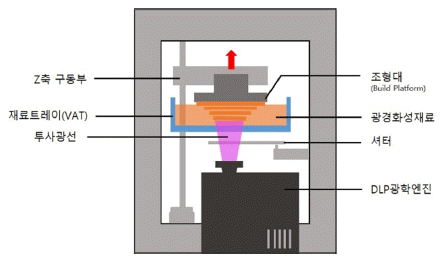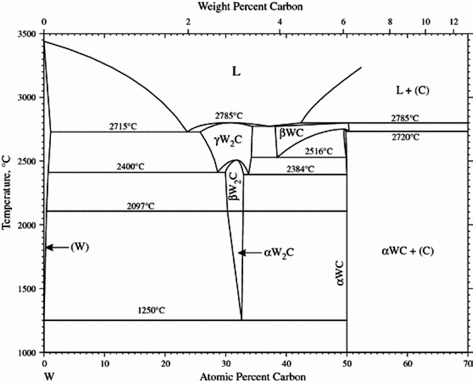Search
- Page Path
- HOME > Search
- [Korean]
- Effect of Photo Initiator Content and Light Exposure Time on the Fabrication of Al2O3 Ceramic by DLP-3D Printing Method
- Kyung Min Kim, Hyeondeok Jeong, Yoon Soo Han, Su-Hyun Baek, Young Do Kim, Sung-Soo Ryu
- J Korean Powder Metall Inst. 2019;26(4):327-333. Published online August 1, 2019
- DOI: https://doi.org/10.4150/KPMI.2019.26.4.327

- 802 View
- 12 Download
-
 Abstract
Abstract
 PDF
PDF In this study, a process is developed for 3D printing with alumina (Al2O3). First, a photocurable slurry made from nanoparticle Al2O3 powder is mixed with hexanediol diacrylate binder and phenylbis(2,4,6-trimethylbenzoyl) phosphine oxide photoinitiator. The optimum solid content of Al2O3 is determined by measuring the rheological properties of the slurry. Then, green bodies of Al2O3 with different photoinitiator contents and UV exposure times are fabricated with a digital light processing (DLP) 3D printer. The dimensional accuracy of the printed Al2O3 green bodies and the number of defects are evaluated by carefully measuring the samples and imaging them with a scanning electron microscope. The optimum photoinitiator content and exposure time are 0.5 wt% and 0.8 s, respectively. These results show that Al2O3 products of various sizes and shapes can be fabricated by DLP 3D printing.
- [Korean]
- Microstructure and Elevated Temperature Strength of W-ZrC Composites with Micrometric and Nanosized ZrC Particles
- Yoon Soo Han, Sung-Soo Ryu
- J Korean Powder Metall Inst. 2014;21(6):415-421. Published online December 1, 2014
- DOI: https://doi.org/10.4150/KPMI.2014.21.6.415

- 518 View
- 1 Download
-
 Abstract
Abstract
 PDF
PDF W-10vol.%ZrC composites reinforced by micrometric and nanosized ZrC particles were prepared by hot-pressing of 25 MPa for 2 h at 1900°C. The effect of ZrC particle size on microstructure and mechanical properties at room temperature and elevated temperatures was investigated by X-ray diffraction analysis, scanning electron microscope and transmission electron microscope observations and the flexural strength test of the W-ZrC composite. Microstructural analysis of the W-ZrC composite revealed that nanosized ZrC particles were homogeneously dispersed in the W matrix inhibiting W grain growth compared to W specimen with micrometric ZrC particle. As a result, its flexural strength was significantly improved. The flexural strength at room temperature for W-ZrC composite using nanosized ZrC particle being 740 MPa increased by around 2 times than that of specimen using micrometric ZrC particle which was 377 MPa. The maximum strength of 935 MPa was tested at 1200°C on the W composite specimen containing nanosized ZrC particle.
TOP
 KPMI
KPMI

 First
First Prev
Prev


